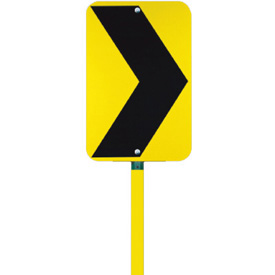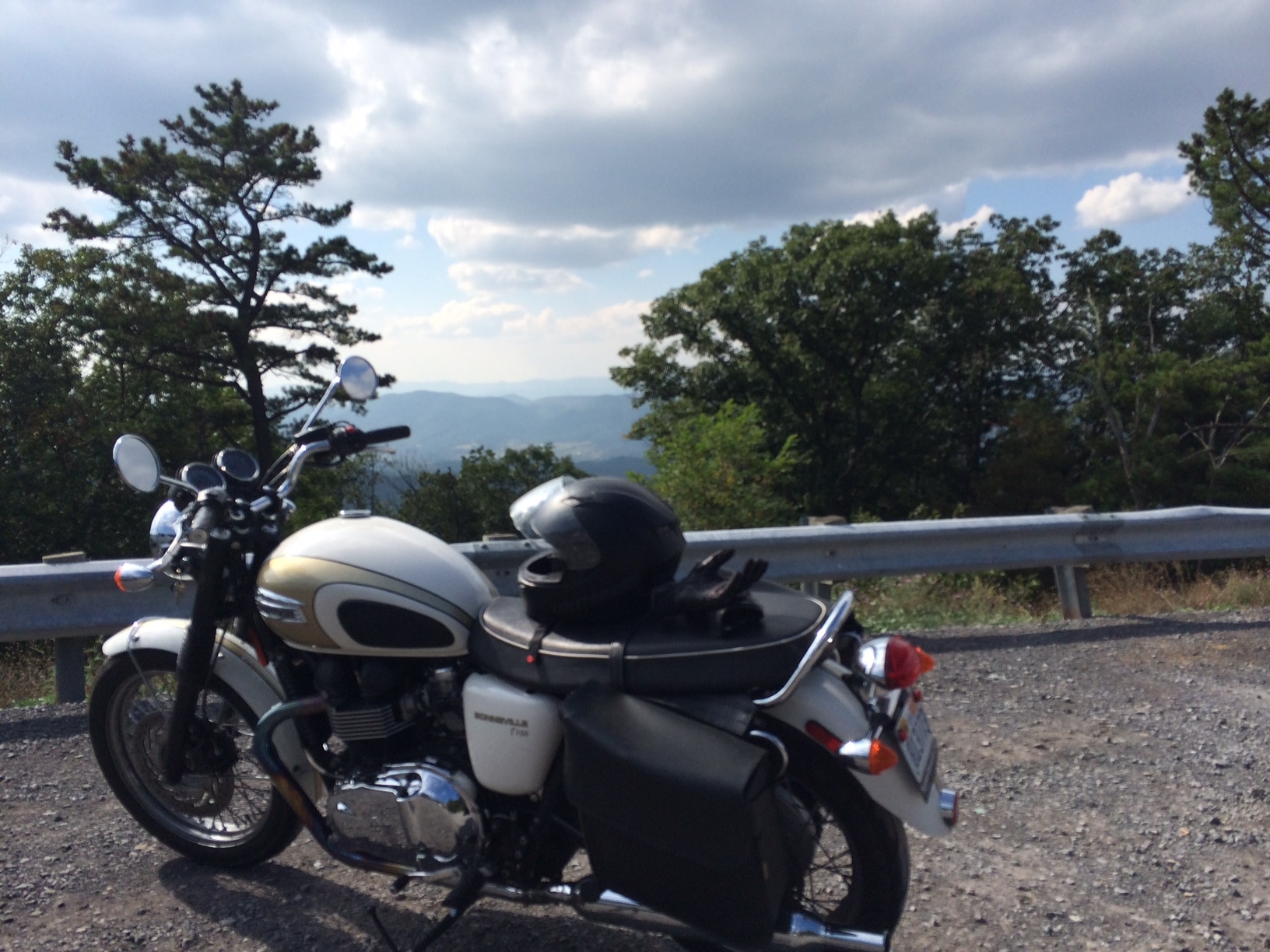Below are the steps I use when cornering, they are assembled from my experience and what I’ve been taught.
1) As best you can, survey the turn

Slow approaching the turn
Slowing into a turn can often be accomplished by just rolling of the throttle and letting the engine friction slow you down, you may also touch on the brakes if needed. If you need to slow significantly, gently press on the brakes and slowly firmly apply more pressure as the bike leans forward, apply about 75% brake in the front and 25% in the back.
Turning at higher speeds and countersteering (>20 Mph)
For those that have never ridden a motorcycle, the next bit of information will sound strange, almost unbelievable. Once you get over 20 Mph or so, if you want to turn in one direction, you actually steer in the opposite direction. This is call “Countersteering”. What it does, is it initiates the lean a two wheel vehicle needs to progress through a turn. If I’m coming up on a right turn and push on the right handlebar, turning the front wheel to the left, the bike will lean to the right and I’ll go through the turn. If you’ve been riding a while, managing fine without using this technique, chances are you are doing it a bit unconsciously, but becoming conscious of it will definitely improve your cornering abilities.
Turning a motorcycle involves four primary steps: slow, look, press and
roll. Although in reality these may not be distinct steps, they make a good starting point for learning to ride smoothly and safely through turns, corners and curves. Making good turns takes proper judgment and good timing.
Slow: Reduce speed as needed before entering a turn. This is accomplished by rolling off the throttle and/or using the brakes. Sometimes downshifting to a lower gear is necessary. The important point is to set up for the turn by establishing a good entry speed, which is a speed that won’t require you to slow while in the turn.
Look: Search through the entire turn and keep your eyes moving. Evaluate the entire turn as soon as possible — surface characteristics, sharpness of the turn, and overall traffic conditions — so you have time to make decisions about speed and position. Sometimes turning your head in the direction of the turn helps in keeping a good visual picture.
Press: To initiate motorcycle lean, press forward on the handgrip in the direction of the turn. This is referred to as countersteering (the front wheel briefly points in the opposite direction of the turn). Press left handgrip, lean left, go left. Press right handgrip, lean right, go right.
Roll: Roll on the throttle to keep from losing speed, unless you identify trouble or entered the turn with too much speed. Maintaining or slightly increasing throttle will help you stabilize the motorcycle’s suspension. Try to avoid rapid acceleration or deceleration when in a turn.
In most situations, you and the motorcycle should lean together. However, for slow, tight turns like a U-turn in a parking lot, use a counterweight technique by leaning your upper body toward the outside of the turn. Putting more pressure on the outside footrest can help too. Turn your head and look where you want to go. Turn the handlebars more in the direction you want to go for slower, tighter turns.


